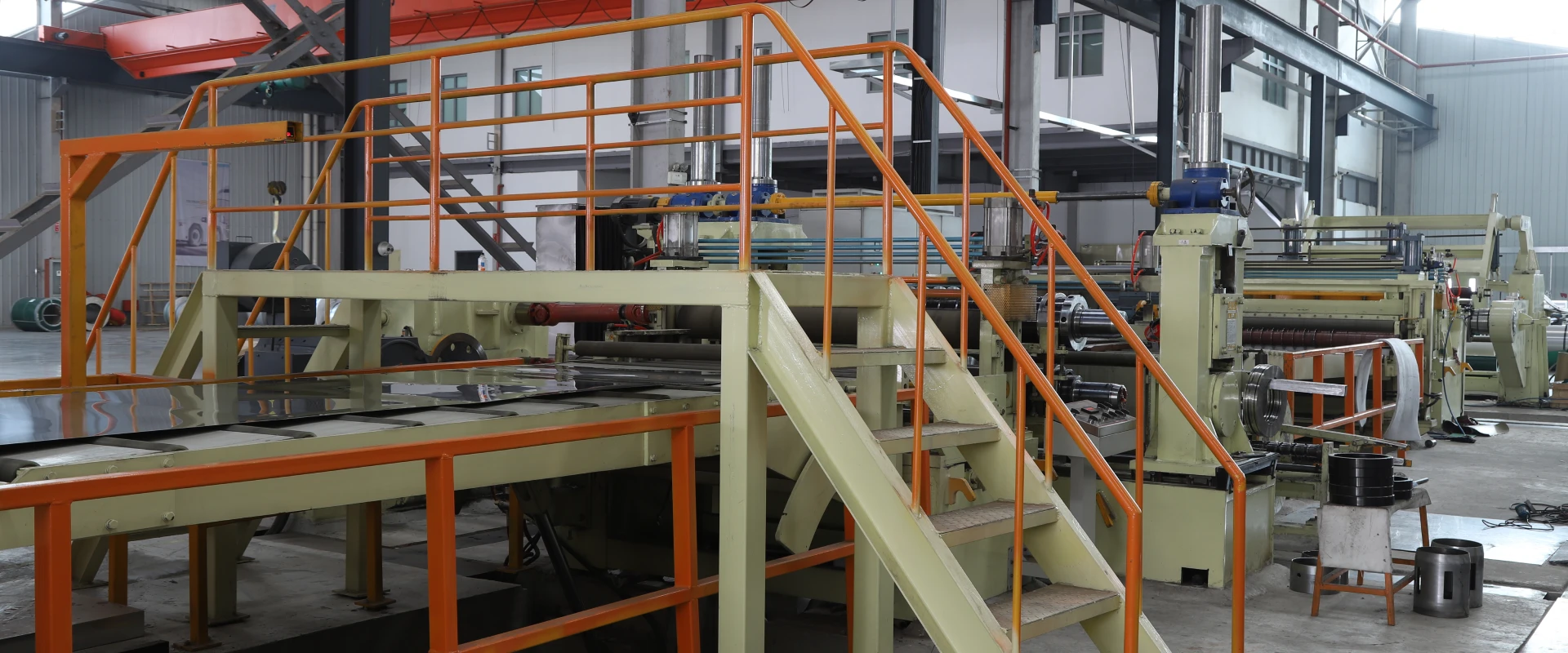The 'Super Substitute' in Bone Replacement: How Titanium Alloy Becomes Human New Bone?
Imagine a material that once reinforced space shuttle exteriors now fuses with human bones to restore mobility. That's the remarkable story of titanium alloy in modern medicine. Dubbed the "super substitute" of the skeletal world, this metal has revolutionized bone replacement—from hip implants that let retirees return to golf courses to 3D-printed jaws that rebuild smiles. But how did a space-age material become the gold standard for human "new bones"? Let's unravel the science and stories behind this medical marvel.
The Unique Traits That Make Titanium a Biological Chameleon
Titanium alloys boast a rare blend of properties that mimic natural bone while outperforming it in durability. Weighing just 4.5 grams per cubic centimeter—slightly heavier than water—these alloys pack a punch with tensile strengths exceeding 800 MPa, equivalent to supporting 10 elephants on a thumbnail . But their true magic lies in biocompatibility: unlike other metals, titanium doesn't trigger immune reactions or release toxic ions in the body.
This biological harmony stems from a self-healing oxide layer that forms on titanium's surface. When implanted, oxygen atoms in bodily fluids bond with titanium to create a nanoscopic shield, preventing corrosion and welcoming bone cells . "It's like the metal wears a invisible cloak (invisible cloak) that the body recognizes as the start of a healing process," explains orthopedic surgeon Dr. Sarah Chen.
Equally crucial is titanium's elastic modulus—a measure of stiffness. While steel implants (200 GPa) can overshadow bone's natural strength (10–20 GPa), newer β-titanium alloys like Ti-28Nb-35.4Zr achieve a modulus of 63 GPa, closely matching human bone . This reduces "stress shielding," where rigid implants cause surrounding bone to weaken from disuse—a problem that plagued early metal prosthetics.
Osseointegration: When Metal Meets Bone in Perfect Harmony
The breakthrough came in 1965. when Swedish researcher Per-Ingvar Brånemark accidentally discovered osseointegration while studying blood flow in rabbits. He found titanium implants had fused so tightly with bone that they couldn't be removed without breaking the bone itself . This process, now the foundation of modern implantology, unfolds in stages:
The Biological Welcome Mat: Within hours of implantation, proteins in blood and tissue adhere to the titanium surface, creating a scaffold for bone-building cells (osteoblasts).
Cellular Construction Begins: Over weeks, osteoblasts secrete collagen and minerals, forming new bone that locks onto the implant's micro-rough surface—think of it as bone cells grabbing onto a climbing wall designed for their size.
Permanent Bonding: By 8–12 weeks, X-rays show bone tissue interlocking with the implant, a process so strong that dental implants can support the bite force of a grizzly bear (up to 800 PSI) .
Modern techniques enhance this process. 3D-printed titanium implants with porous structures (400μm pores, ideal for bone cell colonization) speed integration, while surface coatings like hydroxyapatite (a bone-like mineral) encourage faster healing .
From Hip Replacements to Facial Reconstructions: Where Titanium Shines
Titanium's versatility has made it indispensable across medical specialties:
Orthopedics: The Workhorse of Joint Replacement
Each year, over 3 million hip and knee replacements use titanium alloys, with Ti-6Al-4V being the go-to material for its balance of strength and corrosion resistance . In a typical hip surgery, the titanium femoral stem mimics the natural thigh bone, while the ball joint articulates smoothly with a ceramic or plastic socket. "These implants often outlast the patients," notes Dr. Chen, "with 90% still functional after 20 years."
Dentistry: Roots That Last a Lifetime
Dental implants demonstrate titanium's precision. A tiny titanium screw, threaded like a natural tooth root, fuses with the jawbone to support crowns or bridges. Compared to zirconia (a ceramic alternative), titanium offers superior strength for molar replacements, with success rates exceeding 95% even in smokers .
Craniofacial Surgery: Custom-Built for Unique Needs
3D printing has unlocked titanium's potential in facial reconstruction. Surgeons use CT scans to design implants that match a patient's unique anatomy—whether replacing a cancer-damaged jawbone or reconstructing a shattered cheekbone. In one case, a car accident victim received a titanium eye socket frame printed with lattice structures to mimic the bone's natural porosity .
The Road Ahead: Balancing Promise and Challenges
No material is perfect, and titanium faces evolving challenges. Recent research warns of titanium nanoparticles released from long-term implants, which may trigger muscle fibrosis in rare cases . In response, scientists are developing protective coatings: PVD-deposited zirconium nitride (ZrN) not only reduces wear but also enhances biocompatibility, acting like a forcefield against particle release .
Future innovations aim to make titanium even more "alive." 4D printing could create implants that adjust their shape as bones heal, while gene-activated surfaces might release growth factors to speed osseointegration. "We're moving from passive implants to active healers," says materials scientist Dr. Li Zhang.
For patients like Johnsen, the golfing retiree, these advancements mean more than just mobility—they mean reclaiming life's joys. As titanium alloys continue to evolve, they remind us that the line between man-made and natural is blurring. In the end, the "super substitute" isn't just a metal; it's a partner in the body's remarkable ability to heal and renew.

